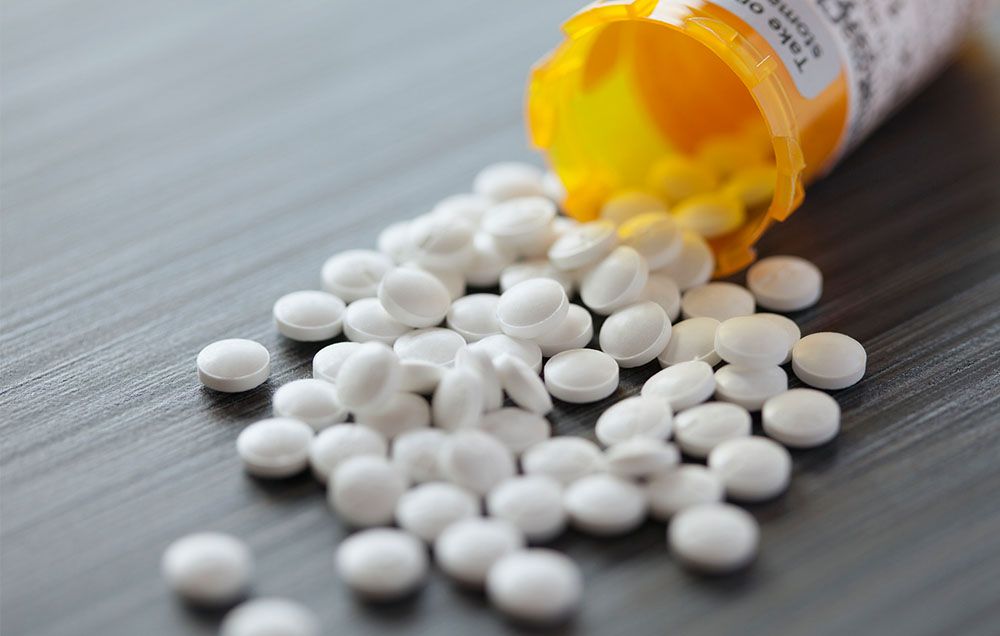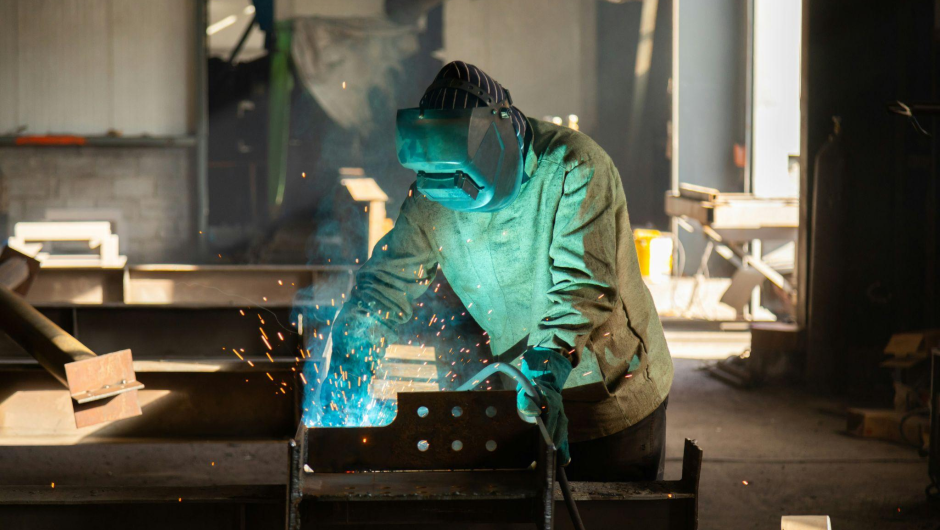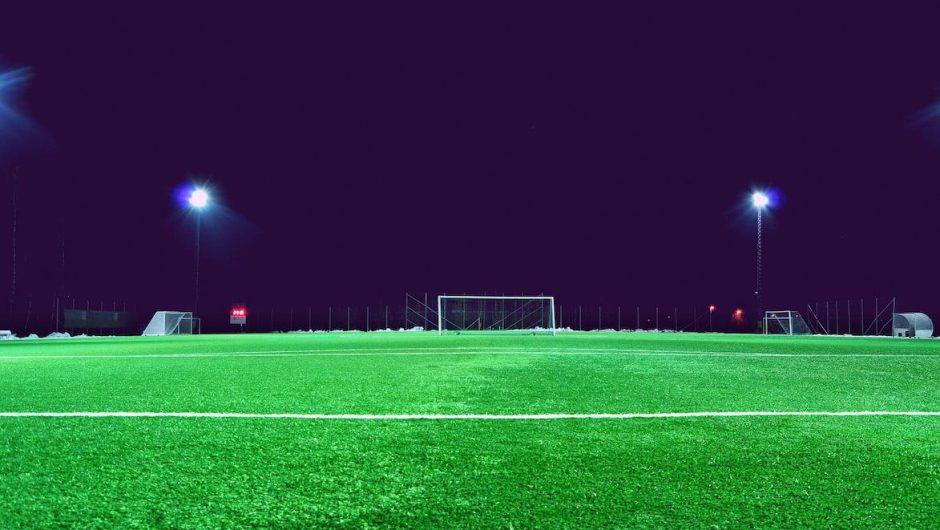Acne is a skin condition that has most commonly been attributed to improperly functioning sebaceous glands. Spironolactone for acne: The only pill that cleared my hormonal breakouts. However, with more research has been done on the disease, scientists have discovered many causes of acne, including androgens and hormones, which help regulate the oil production of your skin.
Types of Spironolactone
There are two types of spironolactone: the prescription-only medication and the over-the-counter (OTC) supplement.
The prescription medication is a pill that is typically taken once or twice a day, depending on the dosage prescribed by your doctor. It can take up to eight weeks for you to see results from taking spironolactone, so it’s important to be patient and consistent with your treatment.
The OTC supplement is a topical cream or gel that you can purchase without a prescription. It’s generally less expensive than the prescription medication, but it may not be as effective. Topical spironolactone is typically used once or twice daily, and like the prescription version, it can take several weeks to see results.
How to Use Spironolactone?
Spironolactone is a hormonal acne treatment that can be taken in pill form. It works by regulating the hormones that are responsible for acne breakouts. When used correctly, spironolactone can be an effective way to treat and prevent acne. Here are some tips on how to use spironolactone for the best results:
-Start with a low dose and increase gradually as needed. The typical starting dose is 25 mg per day.
-Take spironolactone with food to reduce stomach upset.
-Use a non-hormonal acne treatment regimen in addition to spironolactone, such as benzoyl peroxide or salicylic acid, for best results.
-Be patient – it can take several weeks for spironolactone to start working.
If you experience any side effects while taking spironolactone, talk to your doctor or dermatologist.
Side Effects of Spironolactone
There are a few potential side effects associated with spironolactone, but they are generally mild and go away on their own. These include:
-Dry skin
-Dizziness
-Headache
-Nausea
-Vomiting
-Diarrhea
-Tiredness
Alternatives to Spironolactone
There are a few alternative treatments to spironolactone that can be used to treat acne. These include:
-Minocycline: This is an antibiotic that is taken orally. It works by reducing the inflammation in the skin and killing the bacteria that cause acne.
-Isotretinoin: This is a strong medication that is taken orally. It works by decreasing the oil production in the skin and preventing the formation of acne.
-Topical retinoids: These are medications that are applied to the skin. They work by decreasing the inflammation in the skin and preventing the formation of acne.
Conclusion
Spironolactone is an acne-treating drug that has been shown to be effective in both men and women. The drug works by regulating the body’s hormones, which can help to reduce the inflammation and excess oil production that can lead to breakouts. If you are struggling with acne, talk to your dermatologist about whether spironolactone might be right for you.







